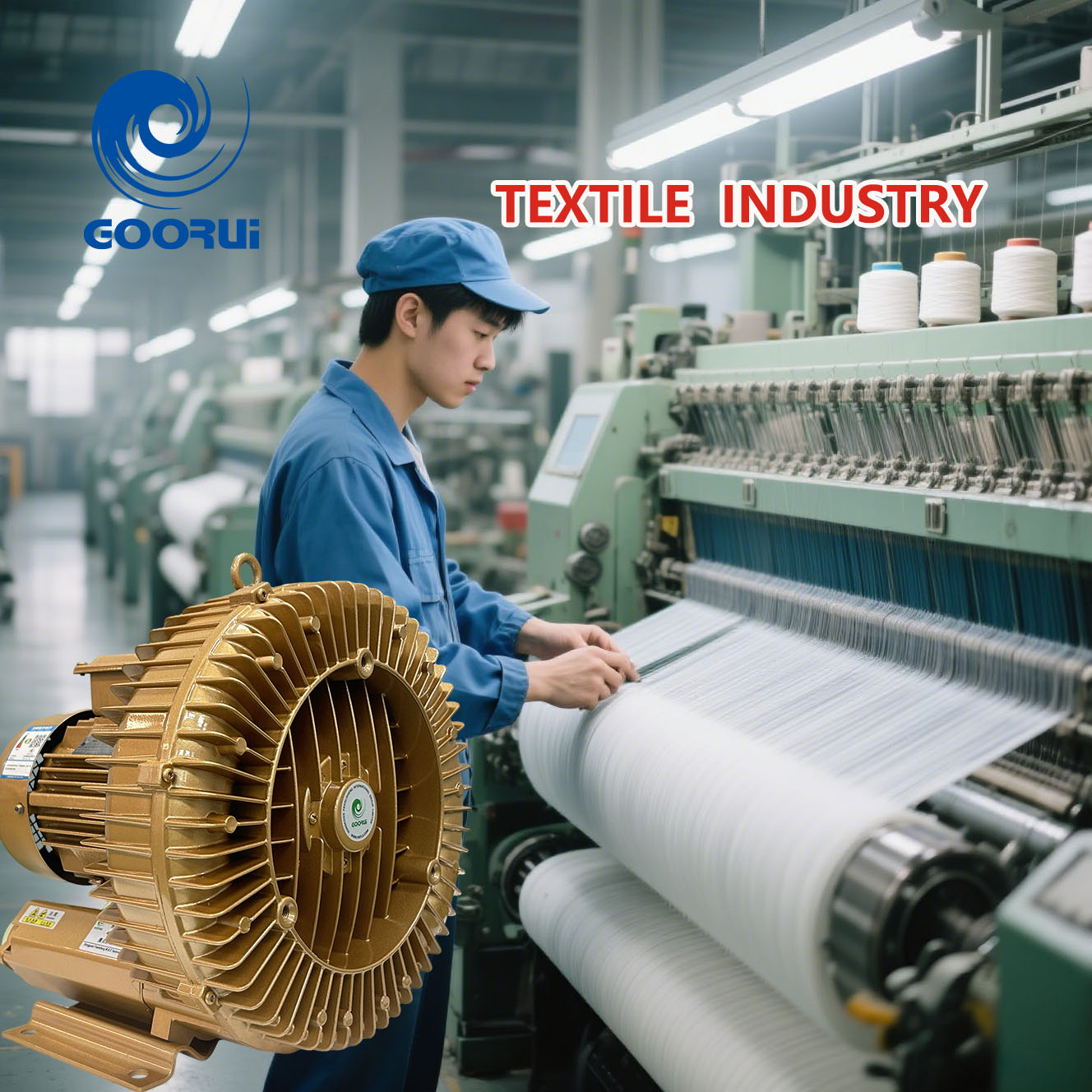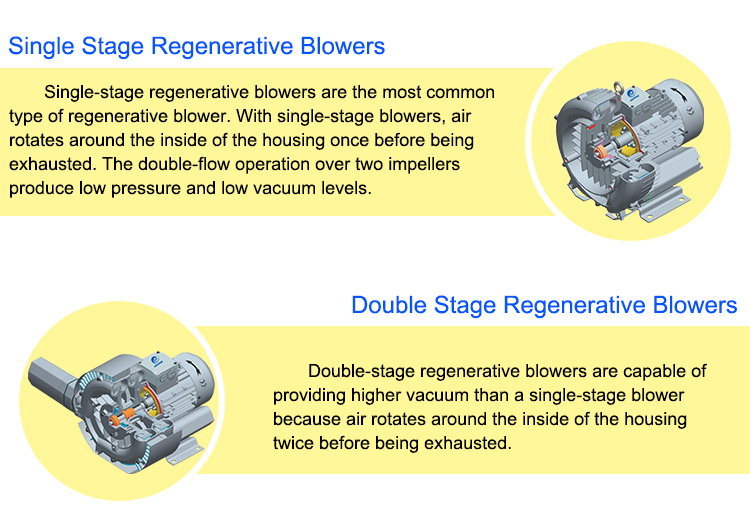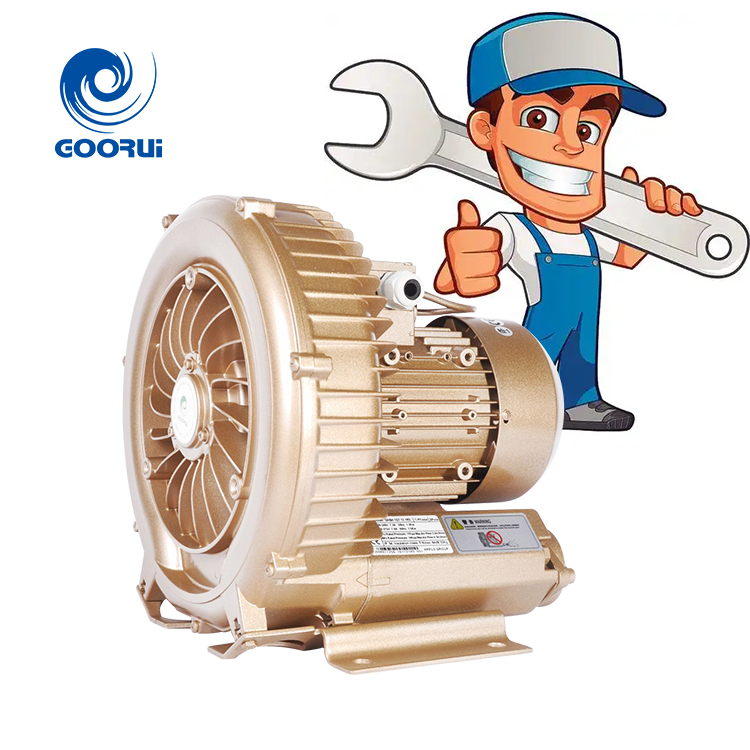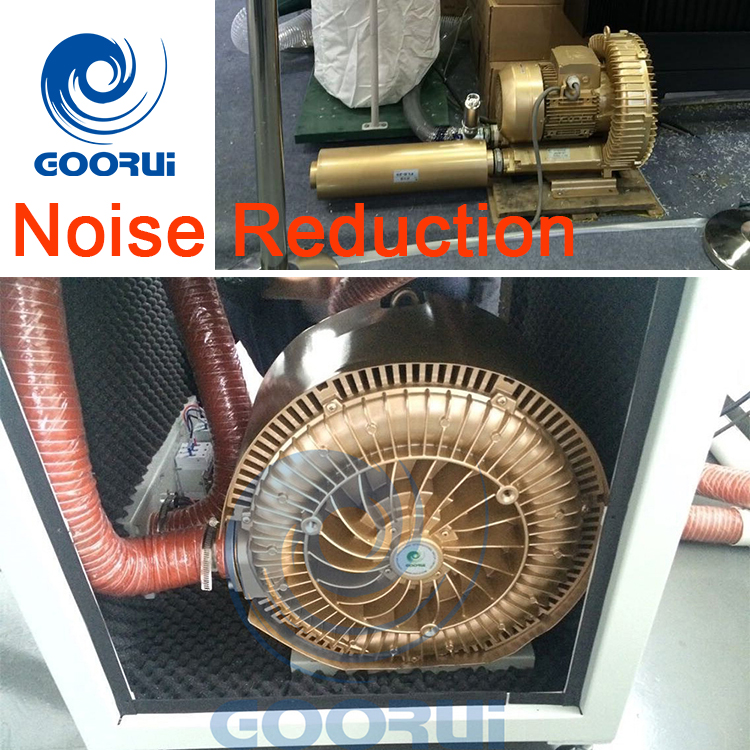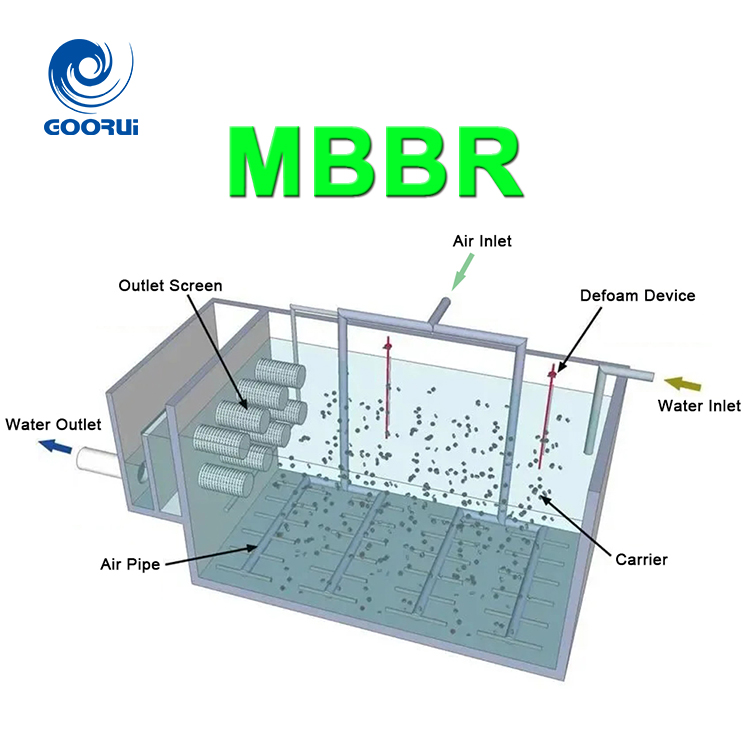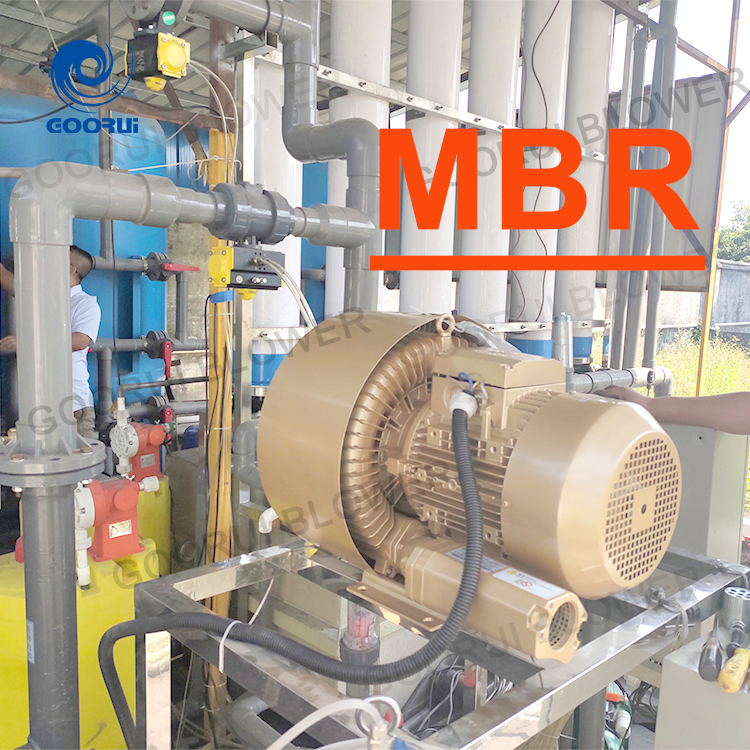With its high pressure and strong airflow characteristics, high-pressure ring blowers play a key role in multiple production links in the textile industry, from raw material processing to finished product processing, effectively improving production efficiency and product quality. The following are its main application scenarios and functions:
Opening and cleaning of raw materials
In the initial stage of textile production, fiber raw materials (such as cotton, chemical fiber, wool, etc.) need to be opened and cleaned to remove impurities (such as dust, stones, short fibers, etc.) and break up block fibers.
The role of high-pressure ring blowers: through negative pressure adsorption or positive pressure blowing, in conjunction with equipment such as openers and cotton cleaners, impurities in raw materials are separated and discharged. For example, in the cotton cleaning process, the strong airflow generated by the high-pressure ring blowers can suck lighter impurities (such as dust and short fibers) into the filter device, and at the same time evenly transport the opened fibers to the next process, reducing manual intervention and improving cleaning efficiency.
Fiber conveying and mixing
In textile production, different types or batches of fibers need to be mixed in proportion and need to be efficiently transported between various equipment (such as from cotton opener to carding machine, from drawing frame to roving frame, etc.).
The role of high-pressure ring blowers: Use positive pressure airflow to form a “pneumatic conveying system” to quickly and damage-free transport of fibers in a closed pipe to avoid fiber entanglement, contamination or loss. For example, in chemical fiber production, high-pressure ring blowers can mix short fibers such as polyester and nylon in proportion and stably transport them to the carding machine to ensure mixing uniformity and lay the foundation for subsequent spinning quality.
Combing and drawing process
The carding machine combs the fibers into a single fiber state to remove fine impurities and short fibers; the drawing frame combines and stretches multiple cotton strips to improve fiber parallelism and uniformity.
The role of high-pressure fans:
When combing cotton, negative pressure is used to absorb the short fibers and dust generated during the combing process to prevent them from adhering to the fibers and affecting the quality of the strips;
When drawing, airflow is used to assist fiber drafting, reduce friction and breakage between fibers, and ensure the uniformity of the cotton strips.
Spinning and winding process
During spinning (such as roving and spun yarn) and winding (winding the yarn into a bobbin), yarn tension control and cleaning are crucial.
The role of high-pressure ring blowers:
When spinning, the yarn is “blown clean” by airflow to remove the hairiness and impurities on the surface of the yarn and reduce the yarn breakage rate;
When winding, negative pressure is used to absorb the flying fibers (short fiber debris) generated by the yarn during the winding process to prevent flying fibers from entangled with the yarn and causing defects. At the same time, airflow is used to assist in controlling the yarn tension to ensure tight and uniform winding.
Weaving process (weaving, knitting)
During weaving (such as air-jet looms) or knitting, high-pressure ring blowers are mainly used to assist in weft insertion and cleaning.
Air jet loom: Relying on the high-speed airflow generated by the high-pressure ring blowers (the jet speed can reach 300-400m/s) to blow the weft yarn from one side of the loom to the other side to complete the weft insertion. Compared with the traditional shuttle loom, the air jet loom is faster (up to 1000 rpm or more), and is suitable for the production of fine yarn and high-density fabrics. The stable air pressure of the high-pressure ring blowers is the core to ensure accurate weft insertion and reduce weft breakage.
Cleaning function: During the weaving process, the high-pressure ring blowers absorbs the flying flowers and thread ends on the surface of the fabric through negative pressure to prevent them from being drawn into the fabric to form defects and ensure the appearance quality of the fabric.
Printing and dyeing and finishing
In the printing and dyeing links (such as desizing, bleaching, dyeing) and finishing (such as shaping, stretching, and raising), high-pressure ring blowers are mainly used for drying, cleaning and airflow auxiliary treatment.
Drying treatment: In the fabric drying process after printing and dyeing, the high-pressure ring blowers cooperates with the oven to evenly blow the high-temperature airflow to the surface of the fabric, accelerate the evaporation of water, improve the drying efficiency, and avoid local overheating of the fabric to cause discoloration.
Raising treatment: For velvet (such as corduroy and velvet), the high-pressure ring blowers impacts the surface of the fabric through high-speed airflow, so that the fibers stand up to form fluff. Controlling the airflow intensity can adjust the length and density of the fluff, and improve the feel and appearance of the fabric.
Cleaning and impurity removal: Before shaping and stenting, use high-pressure airflow to blow away the floating color, thread ends and impurities on the surface of the fabric to ensure the finishing effect.
Waste recycling and environmental cleaning
A large amount of waste (such as short fibers, flying flowers, and cloth ends) will be generated in textile production. If not handled in time, it will not only pollute the environment, but also may cause safety hazards (such as fire).
The role of the high-pressure ring blowers: Through the negative pressure system, the waste in the production workshop is concentrated and sucked into the recycling device to achieve classified recycling of waste (such as reusable short fibers), while keeping the workshop clean and improving the working environment.
Summary
High-pressure ring blowers are the “core of airflow power” in the textile industry. Their applications run through the entire process of raw material processing, spinning, weaving, printing and dyeing to finishing. The core value is reflected in:
Improving production efficiency (such as high-speed weft insertion and rapid drying);
Ensuring product quality (such as reducing defects and uniform mixing);
Reducing labor costs (such as automated transportation and cleaning);
Improving the working environment (such as waste recycling and dust control).
Different processes have different requirements for the pressure and flow of ring blowers (such as high pressure and high flow rate for air-jet looms, and stable pressure for conveying fibers). Therefore, it is necessary to select high-pressure ring blowers with adaptive parameters according to specific scenarios. If your business depends on quality performance from air technology equipment, then come and talk to GOORUI to find out more about our air technology services and solutions.


